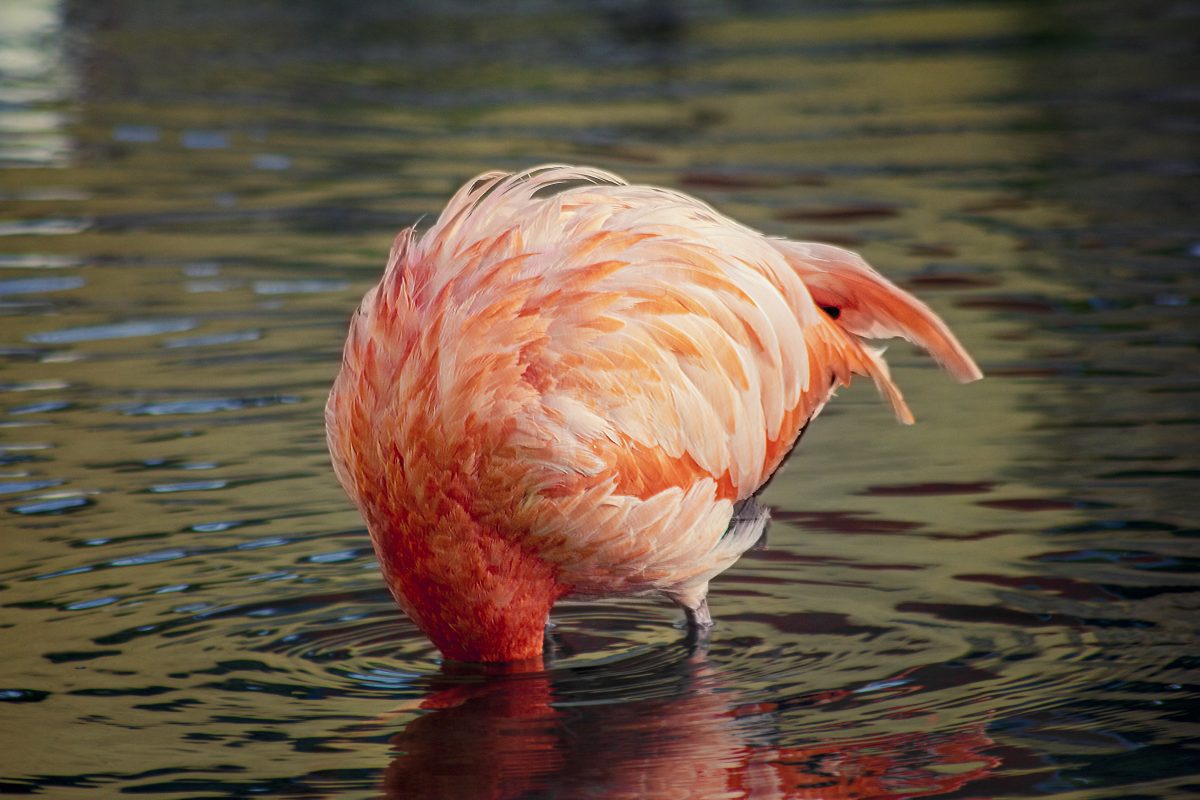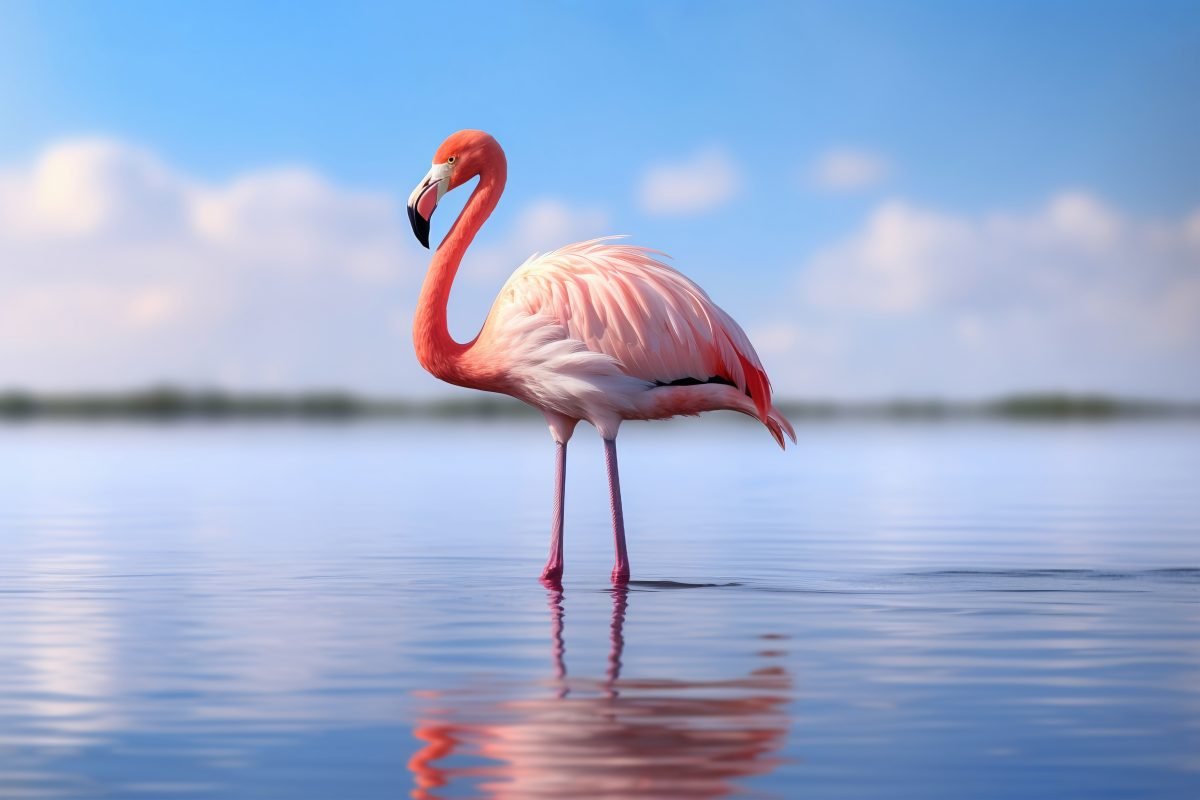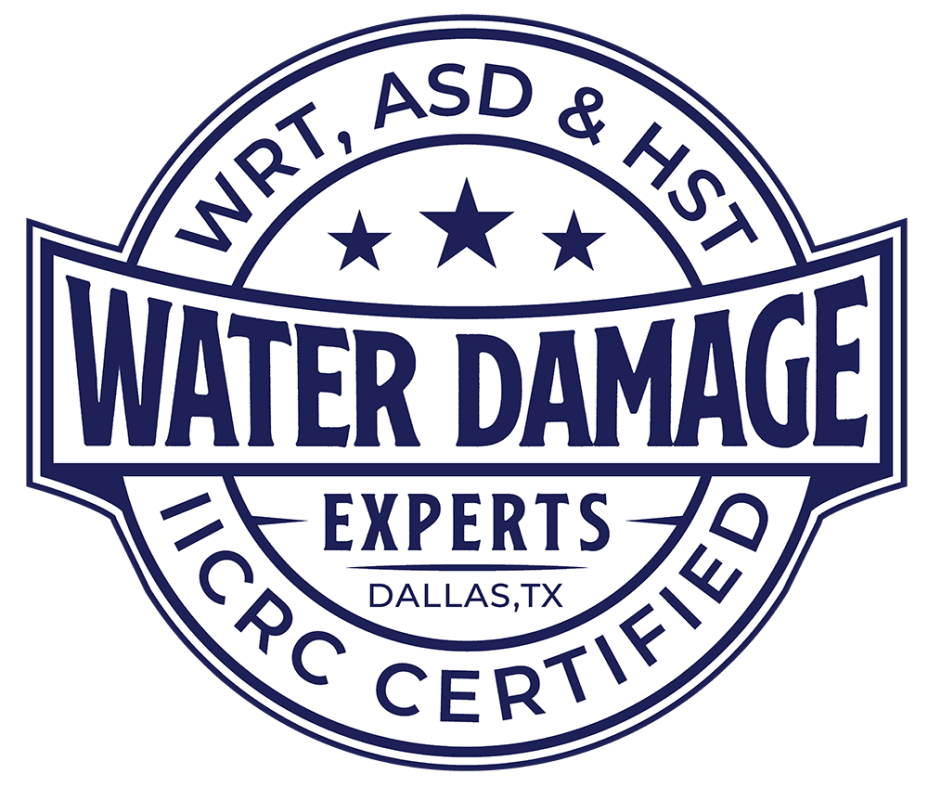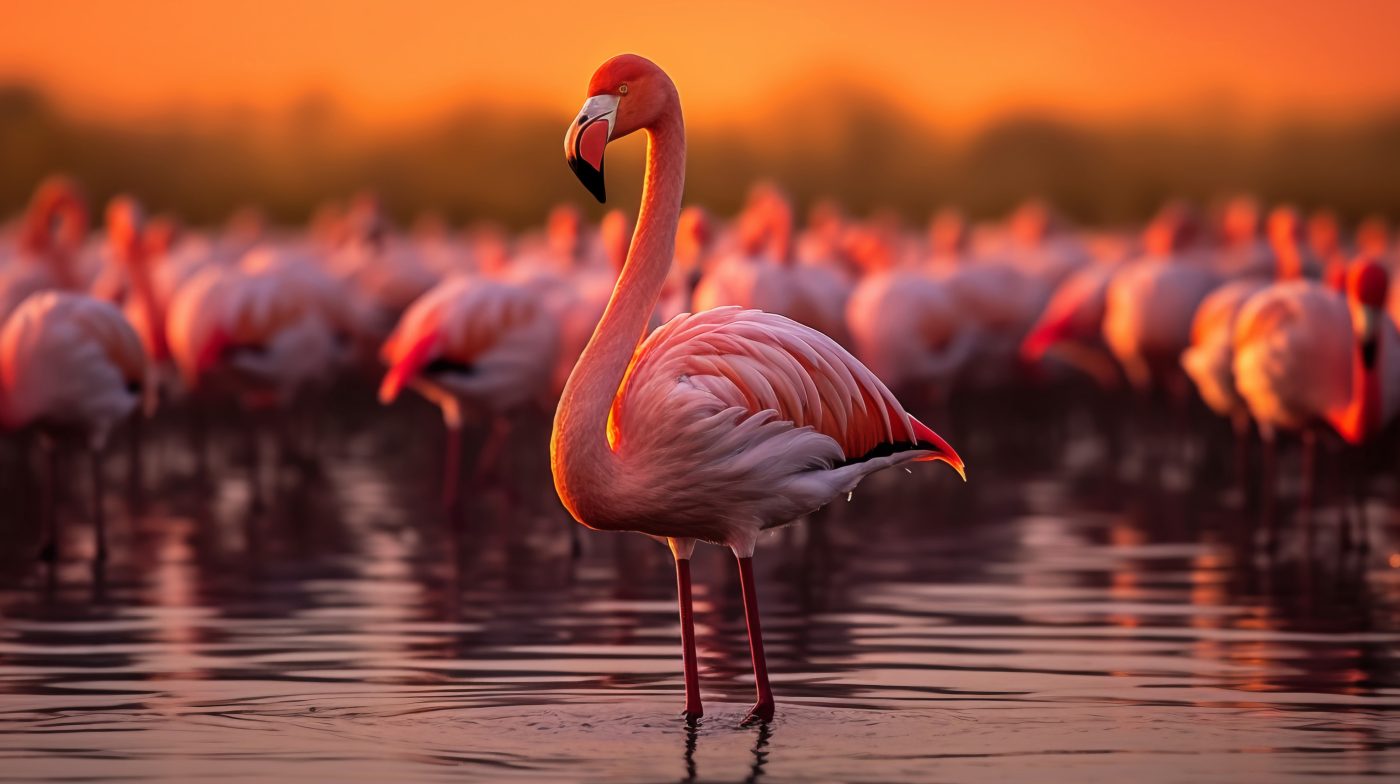Flamingos have long been a symbol of beauty and resilience, from the vibrant pink feathers that grace their elegant figures to their unique ability to thrive in salty and alkaline waters. But what happens when these graceful creatures face the destructive force of water damage? In this article, we dive into the intriguing juxtaposition of the flamboyant flamingo and the unforeseen challenges of flooded habitats.
As we explore the impacts of water damage on these magnificent birds, we uncover the surprising ways how they cope and adapt. Flamingos displays an astonishing ability to overcome adversity, from their specialized bills that help filter out excess water to their remarkable ability to migrate in search of more favorable conditions.
Join us on a journey that examines the symbiotic relationship between flamingos and water damage, shedding light on the unique strategies employed by these intriguing creatures. We’ll also explore the potential implications for conservation efforts and how we can better protect their fragile habitats. Through a captivating blend of science and storytelling, this article offers a fresh perspective on these graceful birds and the challenges they face in an ever-changing world.
Flamingo Habitats and Behavior
Flamingos are known for their distinctive habitats and behaviors that set them apart from other bird species. These magnificent creatures can be found in various parts of the world, including Africa, Asia, the Americas, and Europe. They are most commonly associated with large shallow lakes, lagoons, and mudflats, where they form large colonies.
These colonies serve multiple purposes for flamingos. First and foremost, they provide a safe haven for breeding and nesting. Flamingos build their nests out of mud, creating sturdy structures that can withstand the elements. The shallow waters surrounding their nesting areas offer protection from predators, allowing them to raise their young in a relatively secure environment.
Flamingos are also highly social birds, often gathering in large flocks that can number in the thousands. These flocks serve as a form of protection, as the sheer size and noise of the group can deter potential threats. Additionally, the close proximity of other flamingos allows for social interactions and the exchange of vital information, such as the location of food sources and potential dangers.
Flamingos are filter feeders, meaning they rely on small organisms, such as algae and crustaceans, for their primary food source. Their specialized bills are perfectly adapted to filter out excess water and retain the tiny organisms that provide them with the necessary nutrients. This unique feeding behavior sets flamingos apart from other water-dwelling birds and contributes to their vibrant pink coloration.
The significance of pink feathers in flamingos
One of the most striking features of flamingos is their vibrant pink coloration. The pink hue is not a result of pigment in their feathers, but rather a reflection of the food they consume. Flamingos feed on organisms that contain pigments called carotenoids, which are responsible for their rosy hue.
Carotenoids are found in a variety of sources, including algae, shrimp, and other small crustaceans. As flamingos consume these organisms, the carotenoids are absorbed into their bloodstream and accumulate in their feathers, resulting in their iconic pink color. The intensity of the pink can vary depending on the availability and quality of carotenoid-rich food sources.
The pink feathers serve multiple purposes for flamingos. They act as a form of camouflage, helping them blend in with their surroundings and making it easier for them to approach potential prey without being detected. The vibrant coloration also plays a crucial role in courtship displays, with male flamingos using their bright plumage to attract mates.

The impact of water damage on flamingo habitats
While flamingos are well adapted to their watery habitats, they are not immune to the devastating effects of water damage. Flamingo colonies are often located in areas prone to flooding, such as coastal regions and river deltas. These habitats are naturally dynamic and subject to periodic flooding, which can have both short-term and long-term impacts on the flamingo population.
Flooding can disrupt the delicate balance of the ecosystem, leading to changes in water salinity, temperature, and nutrient availability. Flamingos rely on specific environmental conditions to thrive, and sudden changes can have a significant impact on their ability to find food and successfully reproduce.
In the short term, flooding can displace flamingos from their nesting sites, causing them to abandon their eggs or young. The rising water levels can also wash away their nests, destroying the structures they worked so hard to build. This can result in a loss of breeding opportunities and a decline in the overall population.
Long-term effects of water damage can be even more profound. Floods can alter the landscape, changing the shape and depth of lakes and lagoons. Flamingos depend on the shallow waters for feeding, as their specialized bills are designed to reach the bottom of these habitats. If the water becomes too deep or too shallow, it can disrupt their feeding patterns and force them to migrate in search of more suitable conditions.
Common causes of water damage in homes
While flamingos face the challenges of water damage in their natural habitats, humans too experience the devastating effects of water damage in their homes. Understanding the common causes of water damage can help homeowners take proactive measures to prevent such incidents.
One of the most common causes of water damage in homes is plumbing issues. Leaking pipes, burst water heaters, and faulty plumbing fixtures can all lead to water damage if not promptly addressed. These issues can often go unnoticed until significant damage has already occurred, making regular maintenance and inspections essential.
Another common cause of water damage is weather-related incidents. Heavy rain, storms, and hurricanes can result in flooding and water intrusion, leaving homes vulnerable to damage. Poorly maintained roofs, clogged gutters, and inadequate drainage systems can exacerbate the effects of severe weather and increase the risk of water damage.
Appliance malfunctions, such as leaking washing machines, dishwashers, and refrigerators, can also contribute to water damage in homes. These appliances are often connected to water supply lines, and a malfunction or failure can result in significant water leakage if not detected early.
The effects of water damage on property and health
Water damage can have far-reaching effects on both the property and the health of homeowners. Immediate consequences of water damage include structural damage, mold growth, and damage to personal belongings.
Excessive water can weaken the structural integrity of a home, leading to cracks, warping, and even collapse in severe cases. The moisture from water damage creates an ideal environment for mold growth, which can not only cause further damage to the property but also pose health risks to occupants. Mold spores can trigger allergies, respiratory issues, and other health problems, particularly in individuals with compromised immune systems.
In addition to property damage and health risks, water damage can also result in financial burdens. Repairing structural damage, replacing damaged belongings, and addressing mold issues can be costly endeavors. Homeowners may also face increased insurance premiums or difficulty obtaining coverage in the future if they have a history of water damage claims.
Preventing water damage in homes
Taking proactive measures to prevent water damage is crucial for homeowners. By implementing preventive strategies, homeowners can minimize the risk of water damage and protect their property and health.
Regular maintenance and inspections are essential for identifying and addressing potential issues before they escalate. This includes checking for leaks, inspecting plumbing fixtures, and ensuring proper drainage around the property. Regular roof inspections and gutter cleaning can also prevent water intrusion during heavy rain.
Installing water leak detection systems can provide early warning signs of potential issues, allowing homeowners to take prompt action and minimize damage. These systems can detect leaks in plumbing systems, appliances, and other areas prone to water damage.
Proper insulation and ventilation are also important in preventing water damage. Adequate insulation can prevent condensation and moisture buildup, reducing the risk of mold growth. Proper ventilation, particularly in areas prone to high humidity, such as bathrooms and kitchens, can help remove excess moisture from the air.

Steps to take when dealing with water damage
Despite preventive measures, water damage can still occur in homes. Knowing the appropriate steps to take when dealing with water damage can help homeowners mitigate the effects and expedite the restoration process.
The first step is to ensure personal safety. If the water damage is extensive or poses electrical hazards, it is crucial to evacuate the premises and contact professional help. Personal protective equipment, such as gloves and masks, should be worn when dealing with standing water or mold growth.
Once safety is ensured, homeowners should document the damage by taking photographs or videos. This documentation can be useful for insurance claims and assessing the extent of the damage. Contacting the insurance company promptly is essential for initiating the claims process and seeking guidance on the next steps.
In situations where the water damage is minor and can be addressed without professional assistance, homeowners can begin the cleanup process. Removing standing water, drying out affected areas, and salvaging belongings should be done meticulously to prevent further damage and minimize the risk of mold growth.
Restoring and repairing homes affected by water damage
Restoring and repairing homes affected by water damage requires a combination of professional expertise and meticulous attention to detail. Depending on the extent of the damage, homeowners may need to hire restoration professionals to ensure a thorough and effective restoration process.
Restoration professionals will assess the damage, develop a restoration plan, and execute the necessary repairs. This may involve drying out affected areas, removing damaged materials, and applying antimicrobial treatments to prevent mold growth. They will also address any structural issues, such as cracks or warping, to restore the home to its pre-damage condition.
In cases where mold growth has occurred, remediation specialists will employ specialized techniques to remove the mold safely and effectively. This may include containment measures, air filtration, and the use of appropriate cleaning agents to eliminate mold spores and prevent future growth.
Homeowners should closely monitor the restoration process and communicate with the professionals to address any concerns or questions. Once the restoration is complete, it is essential to take preventive measures to minimize the risk of future water damage and ensure the long-term integrity of the home.

Conclusion: Appreciating the uniqueness of both flamingos and the challenges of water damage
Flamingos and water damage may seem like unlikely companions, but they share a unique bond. Flamingos symbolize resilience, adaptability, and beauty, while water damage represents an unexpected challenge that can disrupt lives and homes. By exploring the impacts of water damage on flamingos, we gain a deeper appreciation for their ability to overcome adversity and thrive in the face of changing conditions.
Understanding the causes and effects of water damage in homes allows homeowners to take proactive measures to prevent such incidents and protect their property and health. By implementing preventive strategies and promptly addressing any issues, homeowners can minimize the risk of water damage and its associated consequences.
The plight of flamingos and their challenges with water damage also sheds light on the broader issue of habitat conservation. As humans continue to alter the natural landscape and contribute to climate change, it is crucial to protect and preserve the delicate ecosystems that support these magnificent creatures.
Through a captivating blend of science and storytelling, this article has offered a fresh perspective on both flamingos and the challenges of water damage. By appreciating the uniqueness o

